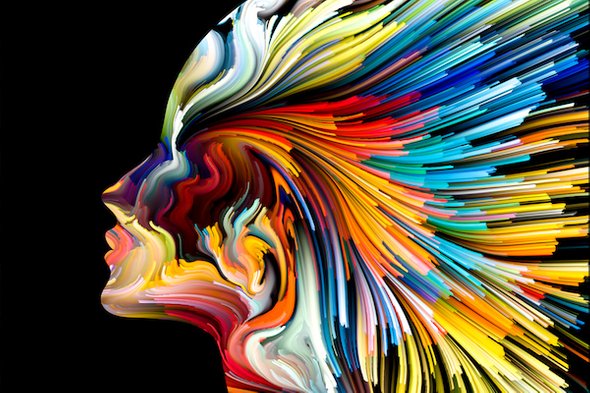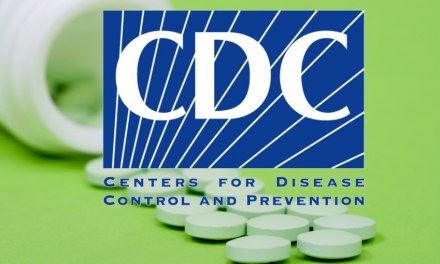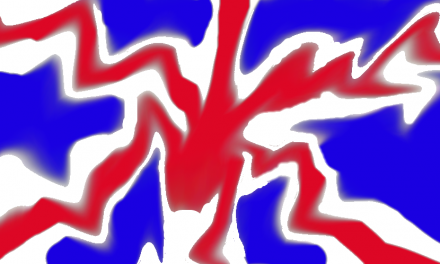There’ve been a number of features in the popular press concerning ayahuasca. I’ve linked to one below. Its subject: recent research using advanced imaging techniques to explore the roots of the ancient hallucinogen’s effects on the human brain. Complete with illustrations.
Psychedelic brew ayahuasca’s profound impact revealed in brain scans
Ayahuasca’s psychoactivity is largely due to the presence of dimethyltriptamine, better known as DMT. I’ve encountered several people over the years who admit traveling great distances south of the border to experience the ritual use of this plant-based psychedelic. Their motives differed in important ways. Some were looking for a new experience. a chance at further self-exploration. Others suffered from serious illnesses, including major psychiatric disorders. They were understandably desperate for the promise of a full healing.
Such ‘medical’ users are said to be a fast-growing segment of the market for psychedelic drugs. In my experience, they have little in common with what the media likes to call ‘psychonauts’. And they should be considered separately.
If one were to ingest DMT by itself, the result could be both intense and also quite brief. When combined with other plant-derived chemicals, as is the case with ayahuasca, the experience may expand into a six to eight hour ‘trip’ featuring a host of perceptual phenomena.
Some scientists have referred to these as pseudohallucinations. The user is able to maintain a sense of remove, or detachment, from the experience as it happens. One patient described it as “the feeling of being completely absorbed in some crazy show on a supernaturally high-definition TV — for hours.” You remain aware that what appears to be happening to you isn’t real. That makes it less threatening.
There are exceptions to that, of course. Some that sound like scenes from a horror film.
Per the article: “practitioners report not only powerful hallucinations, but near-death experiences, contact with interdimensional beings, and life-transforming voyages through alternative realities. “ It sure does sound exciting, but also a bit ridiculous. The writer acknowledges that the user may be left “…throwing up or having trouble at the other end.”
Not sure what ‘the other end’ refers to? Diarrhea?
Here the research team employed both EEG and fMRI as a way to study brain activity of healthy volunteers after they ingested DMT. Their conclusion: the drug “… breaks down basic networks of the brain… brain activity becomes more entropic or information rich.” Again, I’m not 100% sure how to interpret that. It’s not the sort of language I’m accustomed to reading in scientific reports. “[The brain’s] electrical activity becomes anarchic, imagination soars.” Okay, we get it: there’s a riot going on in your brain.
As for DMT’s potential value as a medical treatment, there have been some “promising results from early clinical trials in patients who received DMT and psychotherapy.” It’s similar to what we’ve heard from trials involving ketamine and pscilocybin.
A promising result suggests that further research is necessary to confirm early evidence. In the popular media, however, the portrayal of these drugs has been far more alluring. As if we’re on the verge of a cure for some of the most challenging disorders we face.
Hold up. Folks who suffer from serious mental illness, especially the ‘treatment-resistant’ cases, can be as eager as the early AIDS patients for the promise of something, anything really, that can relieve their distress. Science hopes that drugs such as these (or others that emerge in the lab) can become part of a solution.
But at this point, it’s still not much more than hope.













